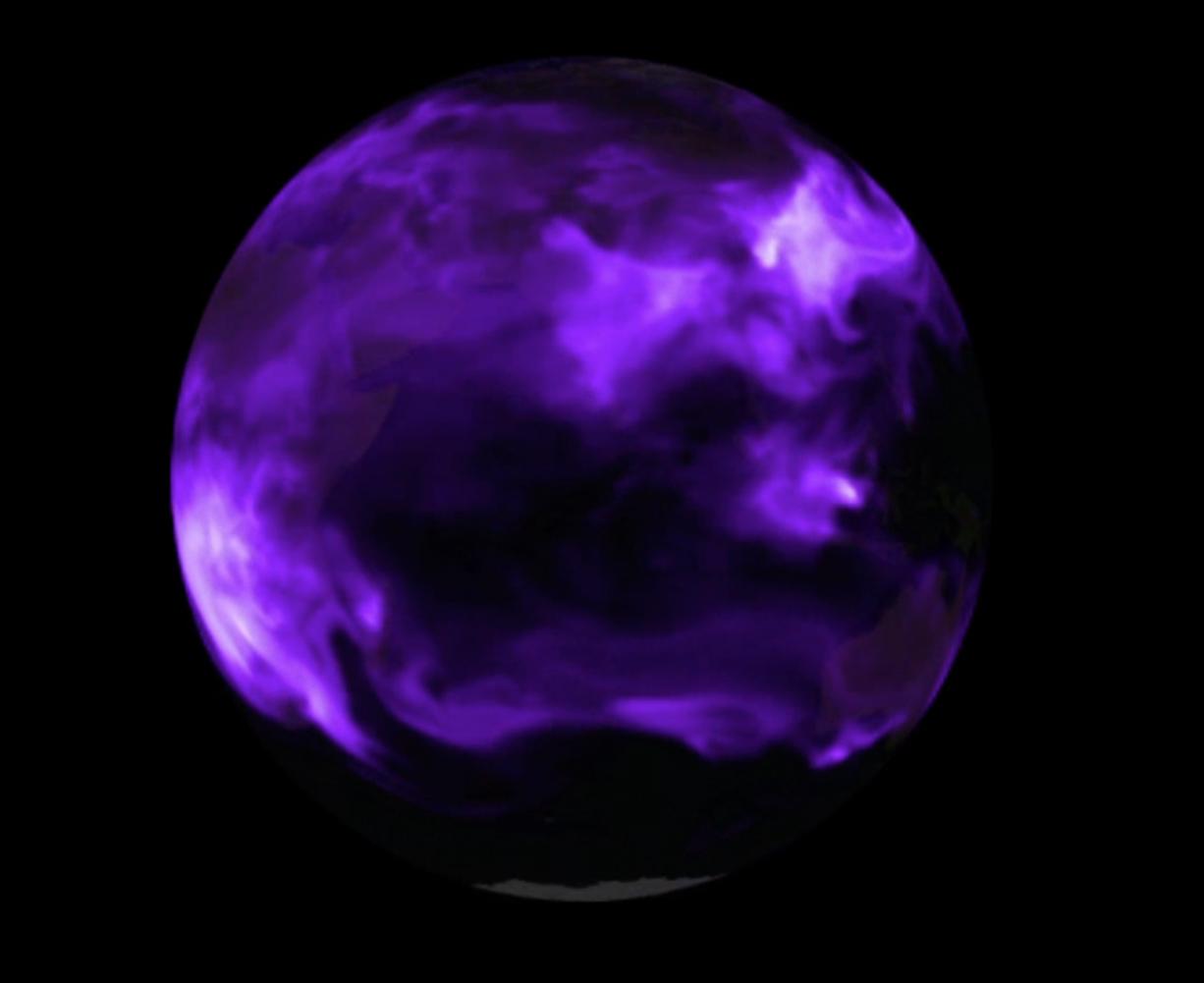Infrastructure in
America
Air Drifts
Air Drifts
Film Screening and Discussion
November 29, 2016
Wood Auditorium, Columbia GSAPP
Air Drifts revisited trans-boundary air pollution to analyze how localized toxic particulates drift into new territories of global responsibility. Emissions from urban and industrial activities result in black carbon, sulfates, nitrogen dioxide, ozone, dust and other particulates. These aerosols migrate extreme distances, impacting cloud formation, weather and climate. The actions of minute pollutants at massive spatial and temporal scales are almost impossible to perceive. Air Drifts collaborated with NASA to explore their “GEOS-5 Nature Run” high-resolution supercomputer model that “mirrors” the earth systems and simulates pollutant flows. This model accumulates five million data points every six hours combining ground observations and satellite monitoring to reconstruct the earth’s atmosphere at a given time. The model is used to tracks pollutants as they enter different national spaces, regimes and regulatory systems, and to visualize the air space with spectacular animations using spectral data and seamless globes. Through interviews with scientists, Air Drifts asked about the monitoring, modeling and representation of pollutants. Reinterpreting provocative scientific and visual materials, the project explored national air space, global commons, international diplomacy and the state of the atmosphere and its futures.
Kadambari Baxi, Janette Kim, Meg McLagan, David Schiminovich, Mark Wasiuta
In collaboration with: NASA-GMAO (Global Modeling and Assimilation Office), Maryland, USA.
Header image: Black Carbon (colors indicate aerosol optical thickness) | Courtesy: NASA-GMAO

Black Carbon